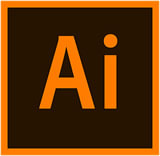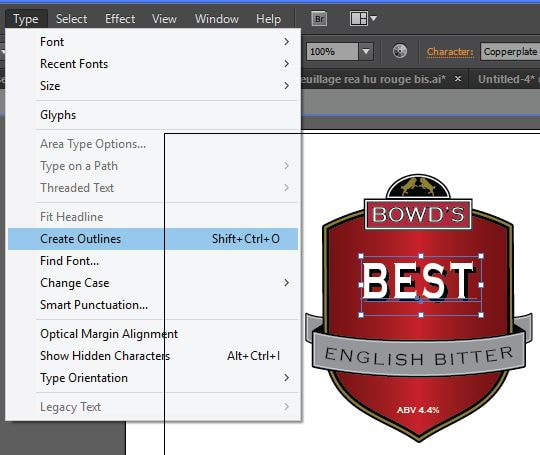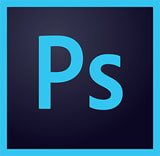Artwork Files
In order to ensure the best possible print, we need to have the best quality of computer image to start with.
Put simply , – ‘rubbish in’ = ‘rubbish out’
Don't worry if you're not a whizz in graphic design, we can guide you through the process. Here's a quick guide to the different types of files and a few tips to get the best possible artwork.
Put simply , – ‘rubbish in’ = ‘rubbish out’
Don't worry if you're not a whizz in graphic design, we can guide you through the process. Here's a quick guide to the different types of files and a few tips to get the best possible artwork.
|
Vector Artwork
This is the best format for most types of screen printing. Vector artwork typically comes from Adobe Illustrator. Vector artwork does not have jagged edges and can be resized and not lose quality. Any text needs to be ‘broken apart’ using the ‘create outlines’ function of the vector software. Alternatively you should send through any fonts that have been used. |
Raster Artwork
The opposite of vector artwork is raster artwork. Raster artworks are files such as .jpg, bitmaps, .tiff and .png files. The number one choice for creating these is Adobe Photoshop. When these files are resized, they lose quality as the edges and become jagged. These jagged edges can be seen on prints if the file hasn't been converted to vector artwork or if the DPI (dots per inch) is too low. When resized, raster artwork will become blurry and/or jagged. It will not produce a good print. Raster files are needed when printing Spot Colour Separations. It is essential that the raster artwork is the correct size or larger than the required print. We can always shrink the image down, but enlarging will lose detail and result in a poor quality print. For most jobs, vector artwork is prefered. |
If you do not have access to a vector file, we can try to convert what you have. Depending on the resolution and/or complexity of the artwork, this may or may not be possible.
Don't try to cheat!
Putting a raster image inside an Illustrator file and saving it as an .ai or .eps. doesn't magically convert it to a vector, it remains raster artwork.



